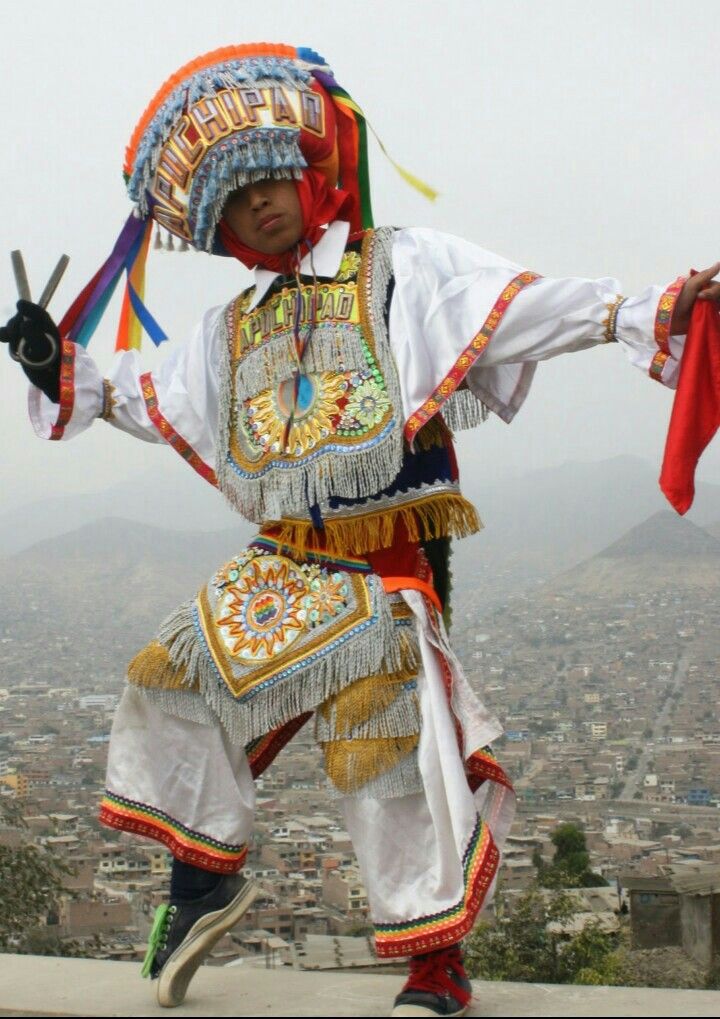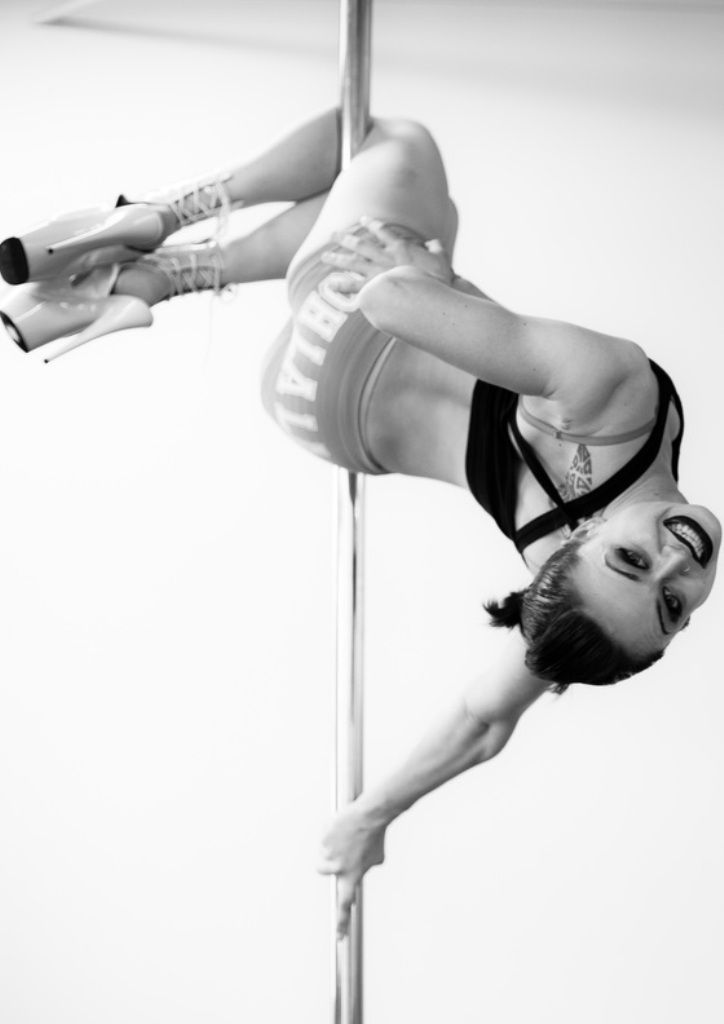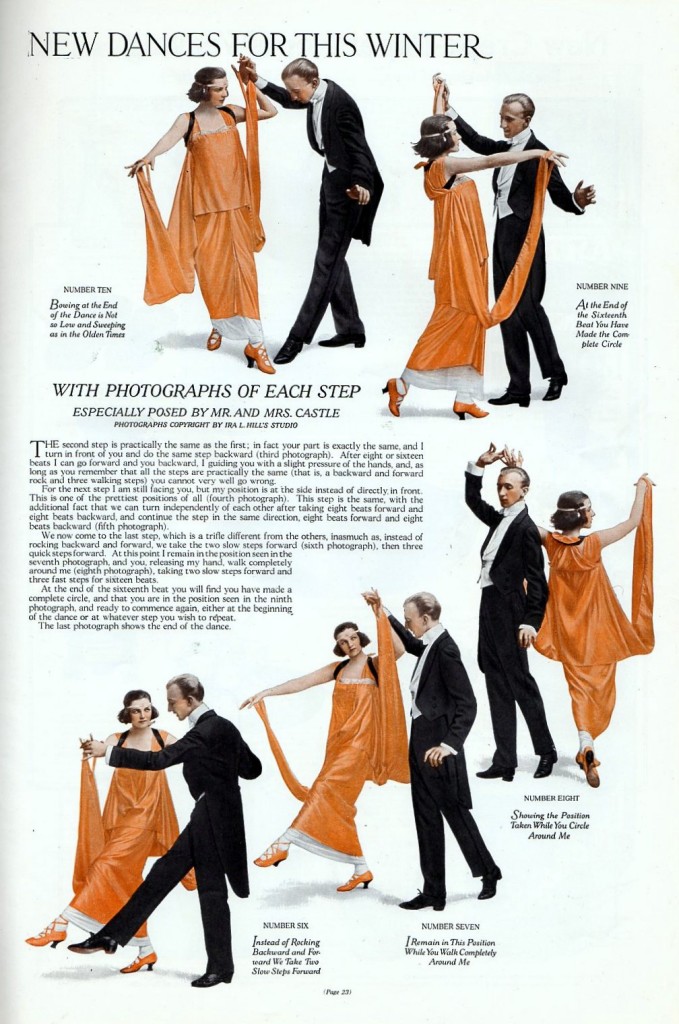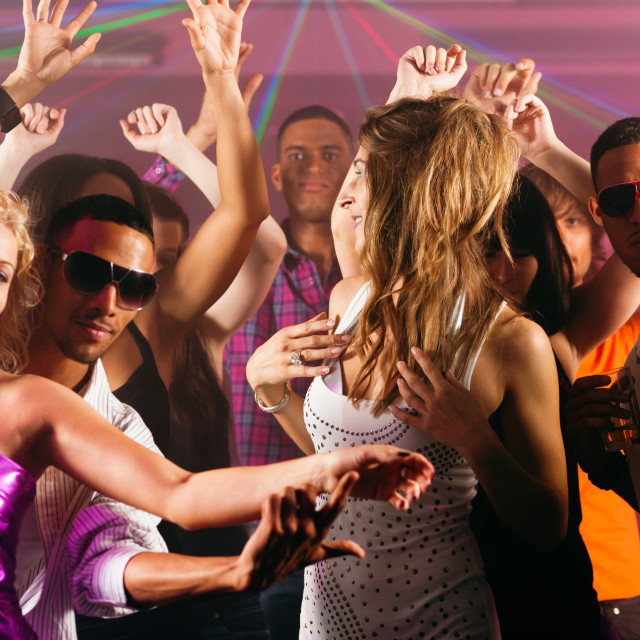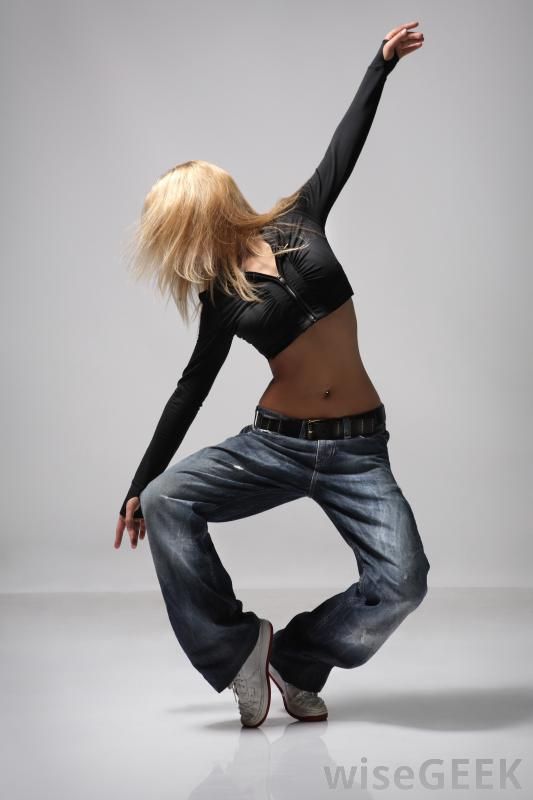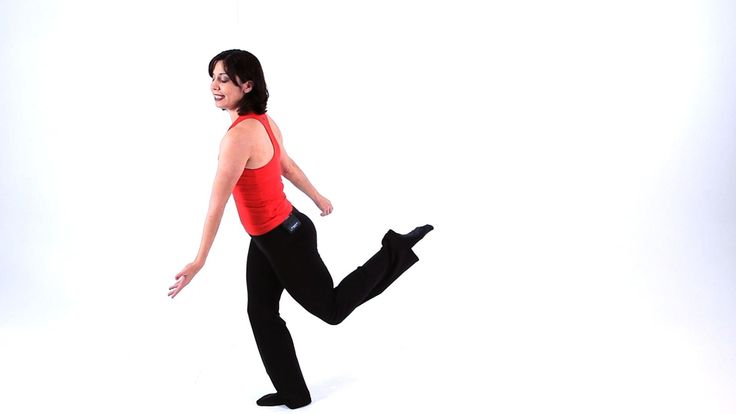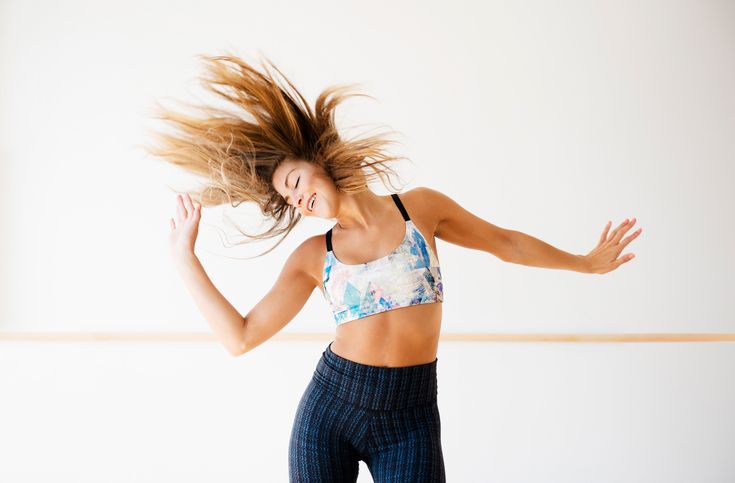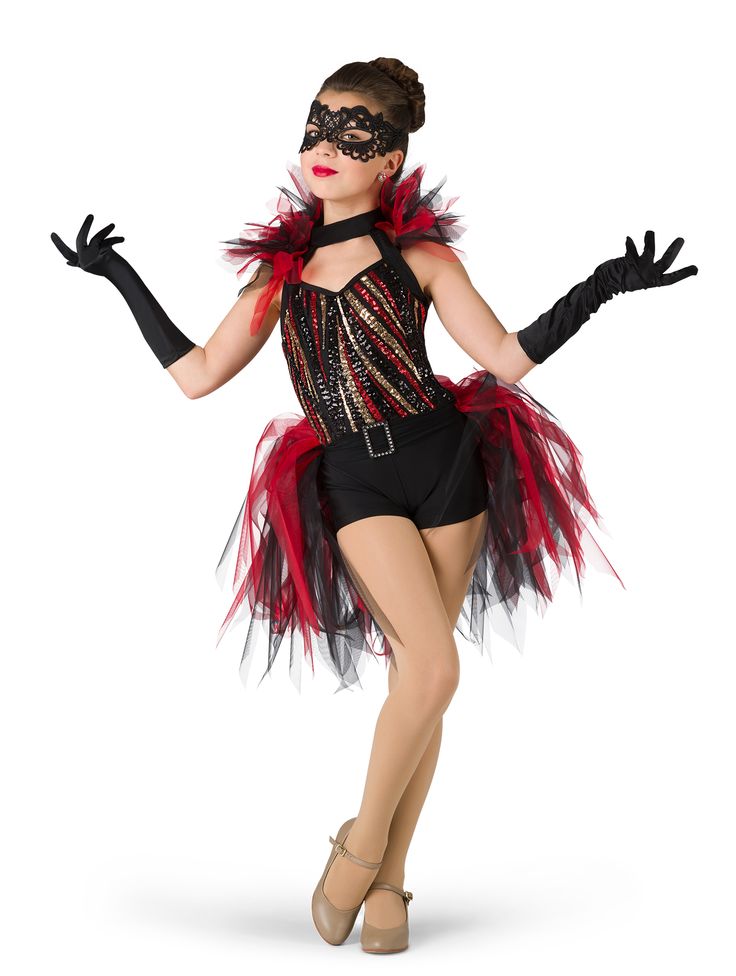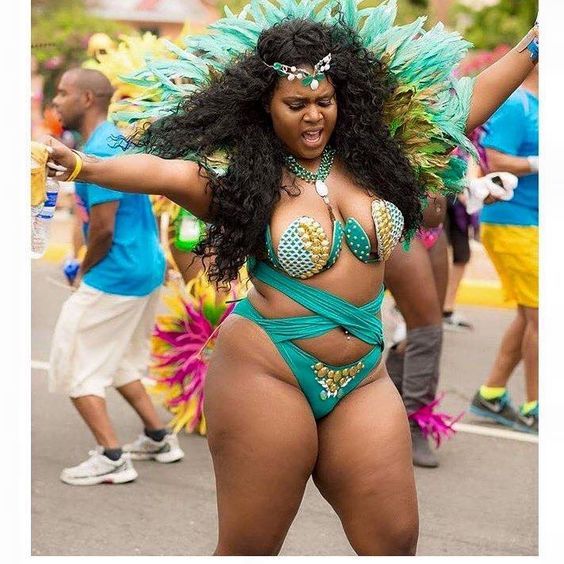How to dance huayno
An Andean Tradition – History and Development of Dance/ Brockport
The Andes mountain range, located in South America, is the longest mountain range in the world. Some of the most amazingly beautiful and rich cultures are located along this mountain range. Countries such as Peru, Ecuador, and Bolivia as well as many others are found along this region and they all contain some of the most complex folkdances and music styles that you’ll meet. It is evident that the remoteness of these indigenous peoples of the Andean mountains has caused a lack of scholarly works that delve deeply into the history and steps of the dance style.
The Huayño, or in Quechua the wayñu, is one of the most commonly practiced folkdances throughout the Andean mountain range. You can find it being performed in Chile, Bolivia, Argentina, and Ecuador but it originated and remains the most popular in Peru. This dance formed from pre-Columbian influences that include the indigenous peoples, the Quechua and Aymara. It is said that the huayño developed during colonial Peruvian times (mid-1500s) and has a mix of indigenous flare with the popular urban dances of that time. In Quechua the word huayñuni literally translates to a dance of twos, or dancing in pairs and the word huayño means dance.
It is a dance often seen performed at most festivals and parties. Because of this larger setting, it is often performed by large groups of people even though it is a dance of two. The dance begins as many pairings dancing about and eventually the dancers will form a large circle with one couple in the middle. There are several formations that the dancers will go in and out of throughout the dance such as an arch for couples to pass through or an enclosed circle. The steps are very fast and intricate stamping movements. The man follows the woman throughout the majority of the movement and the man is typically very happy and celebratory by nature. In modern performances there is no particular dress code.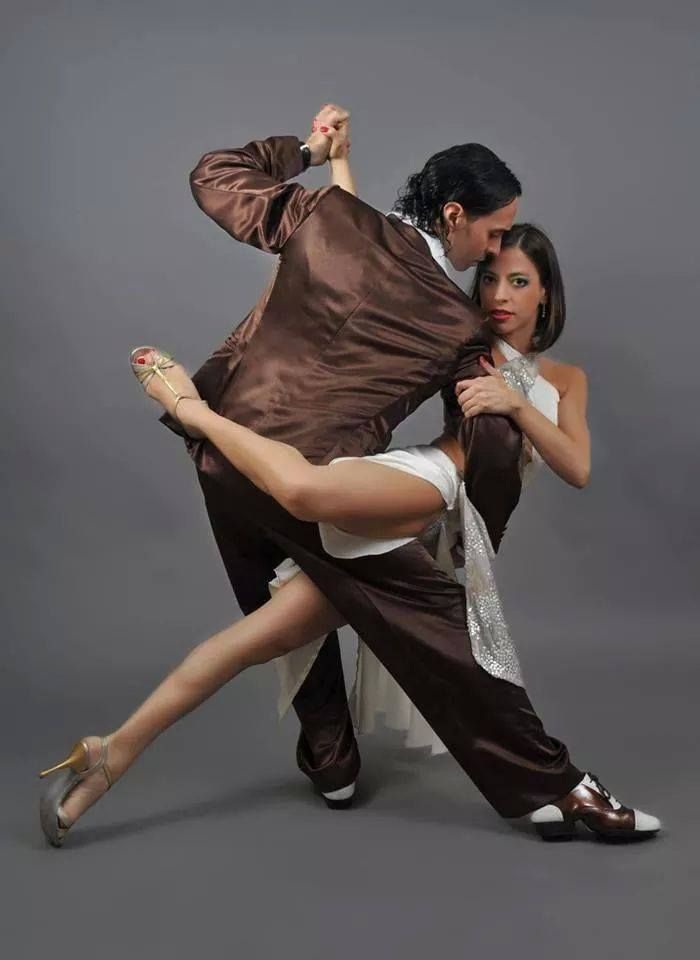 When performed by the indigenous people of the Andes the men are typically found wearing ponchos and trousers. The women can be seen wearing skirts, traditional blouses, and braided hair.
When performed by the indigenous people of the Andes the men are typically found wearing ponchos and trousers. The women can be seen wearing skirts, traditional blouses, and braided hair.
Like many other folkdance forms that we’ve run into, the music and the dance are one. If you are looking for information on the huayño dance style it is to be expected that you will read many articles that focus highly on the music of the huayño but it is important to realize that this is okay because the dance relies so heavily on it. The original instruments of the huayño music include the quena (flute), sika (panpipe), harp, guitar, mandolin, lute. In present day it is common to see this music performed by a saxophone and it may also have an accordion present. Early huayño is often performed by a high-pitched vocalist but now that part has been given to the saxophone. Andean flute music has been commercialized and even appeared in a recent South Park episode. The sound of the panpipe and the flute is familiar to most who hear it and this Andean music is less segregated than the dance style is.
– Meghan McGuire
Bibliography
Herrera-Sobek, Maria. “Celebrating Latino Folklore: An Encyclopedia of Cultural Traditions, Volume One.” Santa Barbara:ABC-CLIO, Incorporated, 2012.
Mendoza-Walker, Zoila. “Contesting identities through dance: Mestizo performance in the southern Andes of Peru.” Repercussions 2.3 (1994): 50-80.
http://www.lossambos.com/dances/PDFs/Huayno-English.pdf
http://www.worldartswest.org/plm/guide/printablepages/andean.pdf
Like this:
Like Loading...
by introtodance | Video | Leave a commentHuayno: The Sound of the Andes
Posted: October 4, 2019 by: Nadia Vizcarra 1 0 0
Your luxury adventure to Peru will be greatly enhanced by attending a fiesta that includes music and dance from the traditional Huayno tradition of the Andes. Huayno is a genre of music found in Peru, Bolivia, Chile, and Argentina, and is practiced mainly among the Quechua-speaking populations of these countries. Influenced by a mixture of Spanish and native musical traditions, the genre dates back to colonial times.
Huayno is a genre of music found in Peru, Bolivia, Chile, and Argentina, and is practiced mainly among the Quechua-speaking populations of these countries. Influenced by a mixture of Spanish and native musical traditions, the genre dates back to colonial times.
In many Andean gatherings, Huayno music, zapateo dance, and chicha (corn beer) combine to create a unique celebratory environment found only in the Andes. A sense of welcome and joy radiates through the party. A vocalist generally singing in a high register is accompanied by a variety of European and Andean instruments such as guitars, harps, charangos (an Andean lute), and sikus (Andean pan-pipes), all of which set the pace for the gathering dancers.
The dancers stomp their feet to the driving yet tensely reigned-in rhythm, usually consisting of one beat followed by two short beats. The traditional lead/follow roles are reversed as the man follows the woman in a playful and coquettish age-old musical courtship. Huayno dancers dress in native clothing, including short skirts and colorful embroidered jackets for women and woven ponchos for men.
Huayno dancers dress in native clothing, including short skirts and colorful embroidered jackets for women and woven ponchos for men.
The genre has pre-Hispanic origins but with time, like many cultural manifestations of the Andes, it has morphed into a hybrid of Spanish and native styles. It is difficult to distinguish which elements emerged from each tradition; however, one thing is certain, this art form is an important part of Andean cultural identity.
The sound of Huayno is the sound of the Andes: festive yet melancholic. There is both longing and celebration in the sound of the panpipes and wailing vocals that evoke the time when native Andean people lived life on their terms, dreaming of the days before the Spanish conquest.
Many Huayno song lyrics combine Quechua and Spanish, providing an excellent opportunity to work on your language chops during your private Peru holiday. One of the emblematic songs that combines both languages is entitled “Adios Pueblo de Ayacucho,” (Goodbye, Town of Ayacucho).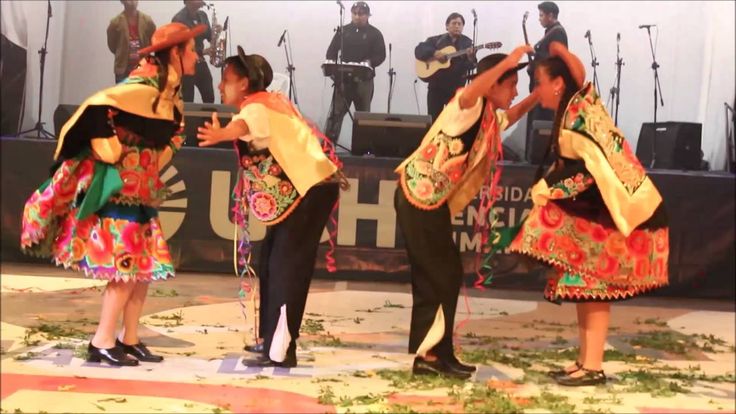 This song narrates the tale of a priest who falls in love with a high-class woman from Huamanga, and once the love affair is discovered, he is banished from his town. The lyrics reflect the two-fold heartbreak of the priest, who loses not only his home, but his beloved as well. Other well-known songs in this genre are “Ojos Azules,” “Valicha,” and “Vienes y Te Vas” by Cusqueñan artist William Luna.
This song narrates the tale of a priest who falls in love with a high-class woman from Huamanga, and once the love affair is discovered, he is banished from his town. The lyrics reflect the two-fold heartbreak of the priest, who loses not only his home, but his beloved as well. Other well-known songs in this genre are “Ojos Azules,” “Valicha,” and “Vienes y Te Vas” by Cusqueñan artist William Luna.
In modern-day Peru, it’s possible to hear every variety of music the world has to offer, with live bands playing styles from Cuban salsa to American rock. However Huayno, similar to traditional mountain music from around the world, holds a special place in the hearts of those living here in the Andes Mountains. By listening and dancing to this music, you’ll gain a deeper understanding of Andean culture. So while on your luxury adventure to Peru, be sure to throw on your dancing shoes and let Kuoda host you to an unforgettable experience, combining Huayno music with food and drink. You may even be invited to join in the dance!
Category:     InspirationsPeru
4 most important groups of the Sierra del Peru / General culture | Thpanorama
dances and dances typical of the mountains of Peru They represent the Peruvian culture in the world and vary according to the Andean region where they are located.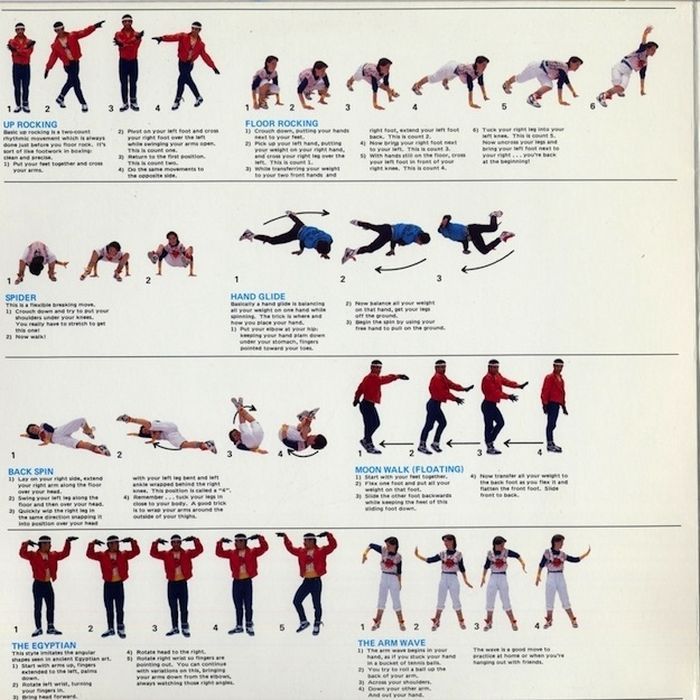
They come mainly from the Quechua tradition and dance to the sounds of quena, charano and zampoña. Music in Peru is at the center of culture. Peruvians see music and dance as something to participate in, not just watch.
It is often found that many people can play musical instruments or sing. Along with music, dance plays an important role in the preservation of cultural traditions.
The dances of the mountains of Peru are characterized by being a little slower and in sharper tones than those that occur in the coastal zone. These dances are called Andean because the Peruvian Sierra is a territory located on the Andean mountain range.
The most characteristic sounds of Peru are the sounds of the Sierra. Each of these rhythms is accompanied by a type of dance that varies depending on the region where you are. Thus dances in Ancash in the north can be very different from dances in the Mantaro Valley, Cusco, Puno, Ayacucho and Parinacochas (Weston, 2007).
If you love dancing and want to learn more about Latin American folklore, you can see the 9 main folklore dances of Guatemala.
The Peruvian highlands are extremely rich in music and dance, with over 200 different types of dance. Each village has its own party, and each party has its own communal and religious dances. Usually compasses are organized with groups of dancers for the enjoyment of the audience.
Each dance follows a set of movements according to the type of music that accompanies it. In addition, a special costume is worn based on the long traditions and history of the region. Ridge dances have their origins in specific circumstances and situations, many of which are still parodies of the Spanish colonizers to this day (Ulibarrí, 2008).
Many pair or group dances are danced spontaneously during the holidays of the Peruvian highlands. These include local dances influenced by the Spanish tradition.
Some of the most common dances in the Peruvian highlands include the Huayno, which is danced among the many couples who twirl as they go down the street during the holidays (Handbooks, 2017).
1- Scissors dance
After the Spanish conquest, the Inca priests were rejected and sent away. The Spaniards ordered the natives to call their priests the sons of the devil.
This directive was not well received by the Incas, and the Spaniards were forced to re-accept the priests and allow them to participate in their Catholic rituals by making them dance the traditional dances of Spain (minuena, contrasdanza and jota).
The Inca priests studied the steps of the Spaniards and their dances, just as they saw how they played new songs on violins and harps. Thus, scissor dancers appeared in the 16th century.
Each dancer should hold a pair of scissors in their hands while percussive sounds mark the steps. It is believed that the use of scissors comes from the fact that the ancient Inca dancers were exploited in the mines by the Spanish, thus the idea is to take a pair of scissors in each hand to dance.
In the Peruvian highlands, this dance takes place from April to December and is celebrated at every Andean festival (Vazquez, 2016).
2- Huayno
Huayno songs are sung in Quechua, which is why this dance is considered one of the most authentic in the Peruvian highlands. Huayno appeared in 1586 and has since been passed down from generation to generation as part of the Inca tradition.
Huayñacuni music was traditionally danced in secret. The term "Huayñucuni" translates to "to dance with a partner with folded hands" in this way and under the colonial rule this dance was rarely performed in public places and with everyone in mind.
El Huayno is an Andean dance from which other dances of the Peruvian highlands branch off. For this reason, it is danced during all Peruvian holidays and is characterized by its joyful steps.
In the southern zone of the Sierra, this dance is a little slower, but in the central part of the Andes it is alive, but in the songs it has sad lyrics (Cavalier, 1996).
3- Sara Kutipay which reflects the spirit of the community of the Peruvian descendants of the Incas.
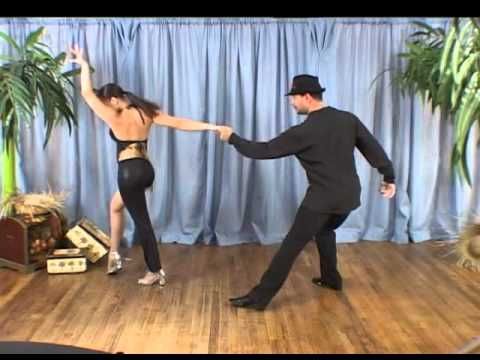 This is a theatrical performance of Peruvian peasants while they work the land. This dance is mainly in Awacucho and its name translates as "growing corn".
This is a theatrical performance of Peruvian peasants while they work the land. This dance is mainly in Awacucho and its name translates as "growing corn". Sara Cutipai reflects the spirit of Aini, the social work that was carried out under the command of the Incas. The Incas had three basic principles: hard work, discipline and community.
For this reason, Sara Cutipai is considered to be a dance of solidarity where the peasants and their wives must dance choreographed for eight acts. The main act of this dance recreates the work of the earth and the cultivation of the soil in a consistent and coordinated manner (Bobby Kalman, 2003).
4- Diablada
Diablada is considered a stronghold of Puno's cultural heritage. This is a dance that features the most exotic costumes among all dances in Peru. This is carried out in bright and exciting costumes and devilish masks.
This type of dance flourished in the Chilean, Bolivian and Peruvian highlands. Each country has its own version of the dance. In the case of Peru, diablada appeared in Puno in 1576, when the myth of Aymaran de Supai (the devil) became popular in the region, indicating that he wandered at night in search of people to honor and punish those who despise them.
Each country has its own version of the dance. In the case of Peru, diablada appeared in Puno in 1576, when the myth of Aymaran de Supai (the devil) became popular in the region, indicating that he wandered at night in search of people to honor and punish those who despise them.
Legend has it that in 1675 the Spaniard José Salcedo witnessed a discussion between the Devil and the Virgin Mary in the mines of Puno. He has since decided to be kinder to the indigenous miners and allowed them to dance the diablada during the Virgen de la Candelaria festival in Puno (LLC, 2010). (2003). Peru: people and culture. Ontario: Crabtree Publishing Group.
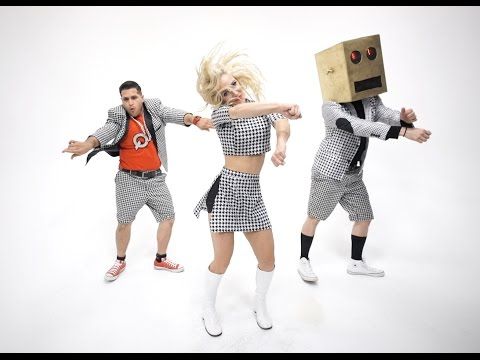 LLC, General Books.
LLC, General Books. Top 5 Tumble Tanks / General Culture | Thpanorama
Among the main Tumbes dances they emphasize pava dance, marinra, negro dance, huaino and banana harvest dance. Throughout Peru and the department of Tumbes, there are many festivals in which dance is the protagonist..
Tumbes dance is the result of a cultural exchange between indigenous, black and Spanish traditions. The population is about 150,000 inhabitants.
You may also be interested in the history of Tumbes.
1- Teapot dance
This is one of the most popular dances in Tumbes and its origins come from the cities of San Juan de la Virgen, Garbanzal and Cerro Blanco.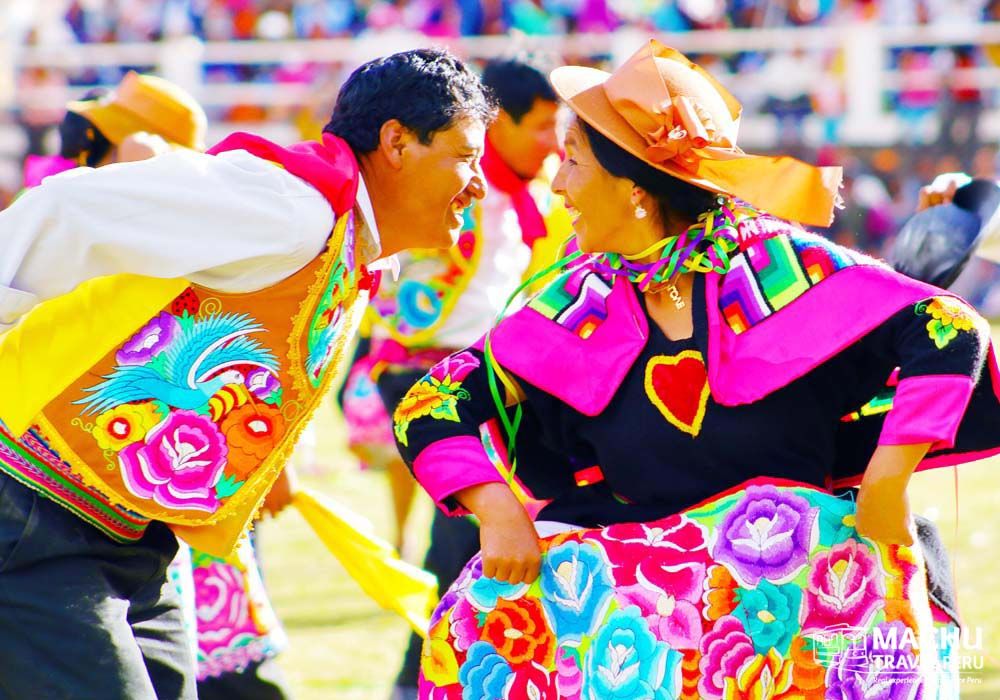 .
.
This is danced in pairs and tends to recreate the courtship of a man towards a woman. "Pava" seeks to escape from the man's insinuations with his beautiful dance moves.
The lady's dress for this dance includes a long and wide skirt fringed with flowers and a white shirt. The men wear dark trousers, a white shirt and a scarf around their necks.
2- Marinera
Its origin dates back to the 19th century as the origin of the Zamacueca dance. It is danced in pairs, albeit loosely, and its main attraction lies in the use of handkerchiefs that are swung in every movement..
Ladies usually dance barefoot and wear wide dresses with wide white skirts. Gentlemen usually wear trousers and a black shirt, as well as a smart hat.
This dance has been declared a cultural heritage of the nation as it combines the characteristics of the three current cultures in the zone: African, Amerindian and Spanish. slaves. Although their rhythm is fun and touching, their lyrics tend to deal with the pain and hardships of slavery. .
.
The melody for this dance is performed by guitars and Peruvian cajon. The dress consists of two comfortable and loose parts, both for men and women.
It was danced in pairs, in free form, to the rhythm of quen, charango, mandolin, requinto, violin, bandurria and guitar. It features the integration of American and Spanish instruments.
This dance is also associated with courtship. It has three times: slow as a greeting, a climax in which a strong blow is included, and a final part in which the choice of a couple is modeled.
5- Banana Harvest Dance
This dance belongs to one of the main economic activities of Tambezian farmers.
Kumans or improvisations are usually sung at these holidays, with such diverse themes as love or disputes. The instruments that accompany this dance are guitars or an a cappella song.
links
- Keya, B. (1984). Indian Dances: The Way of Evangelization of the Viceroy of Peru.
